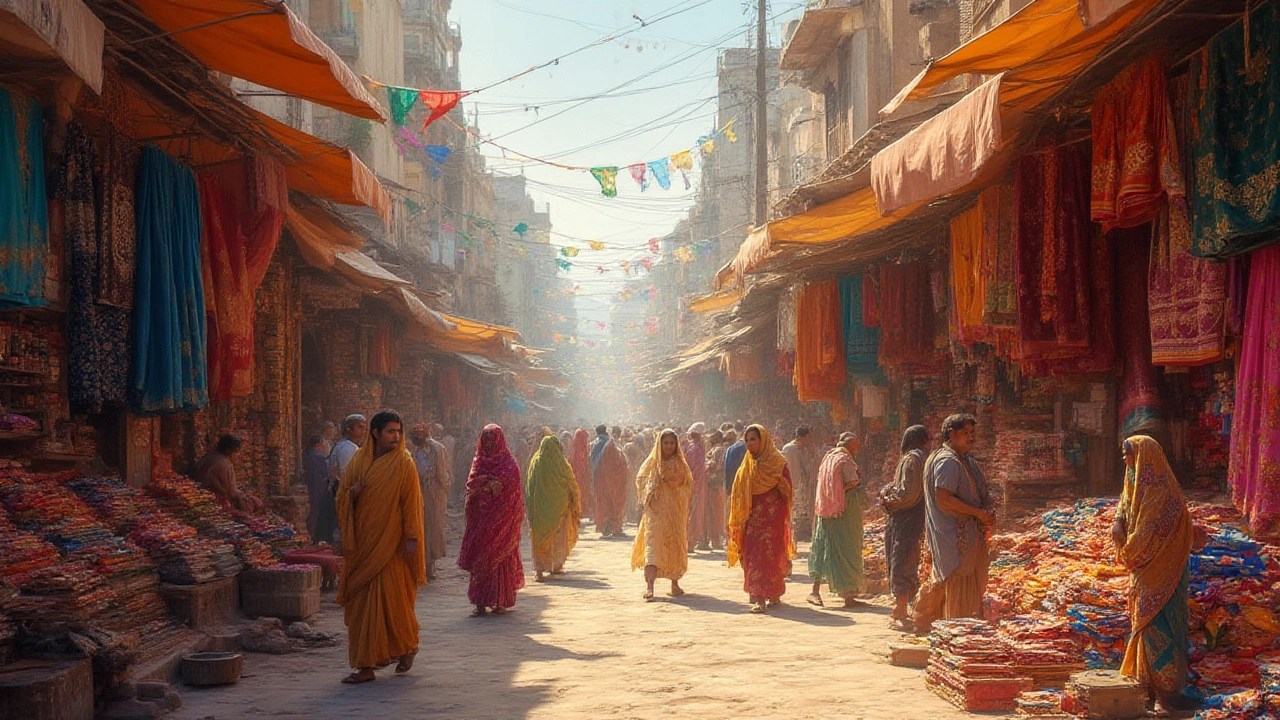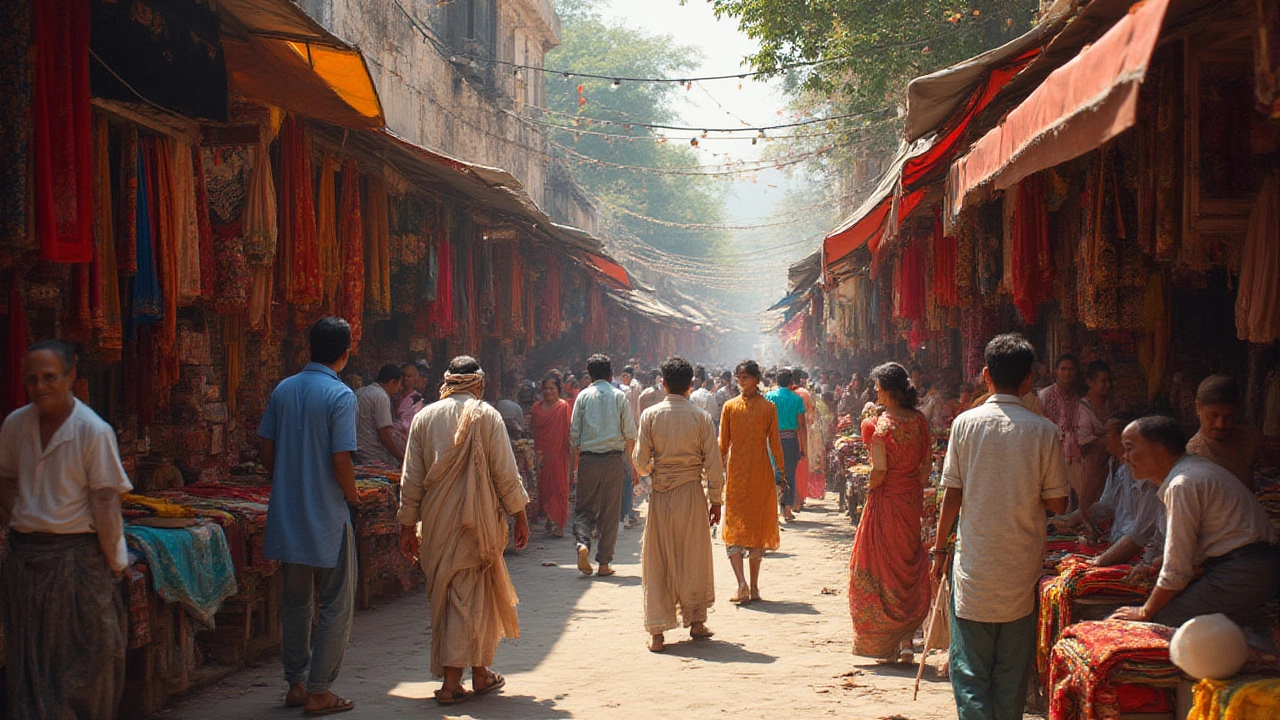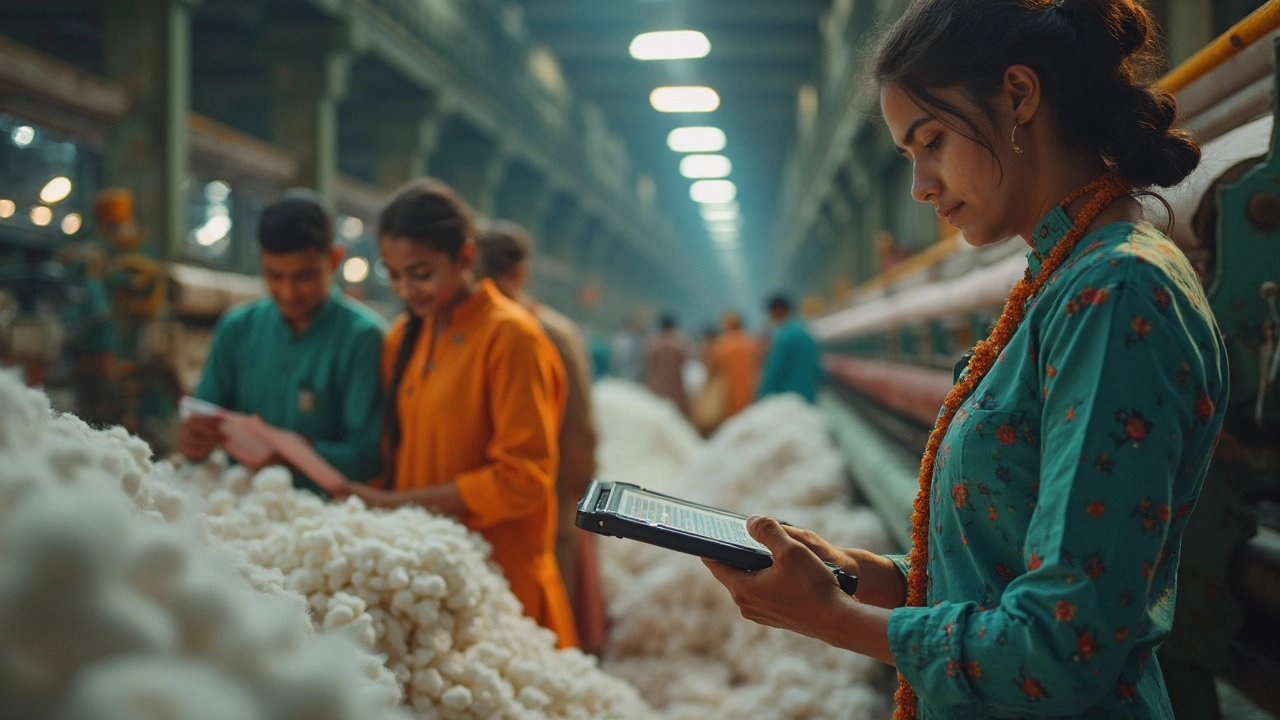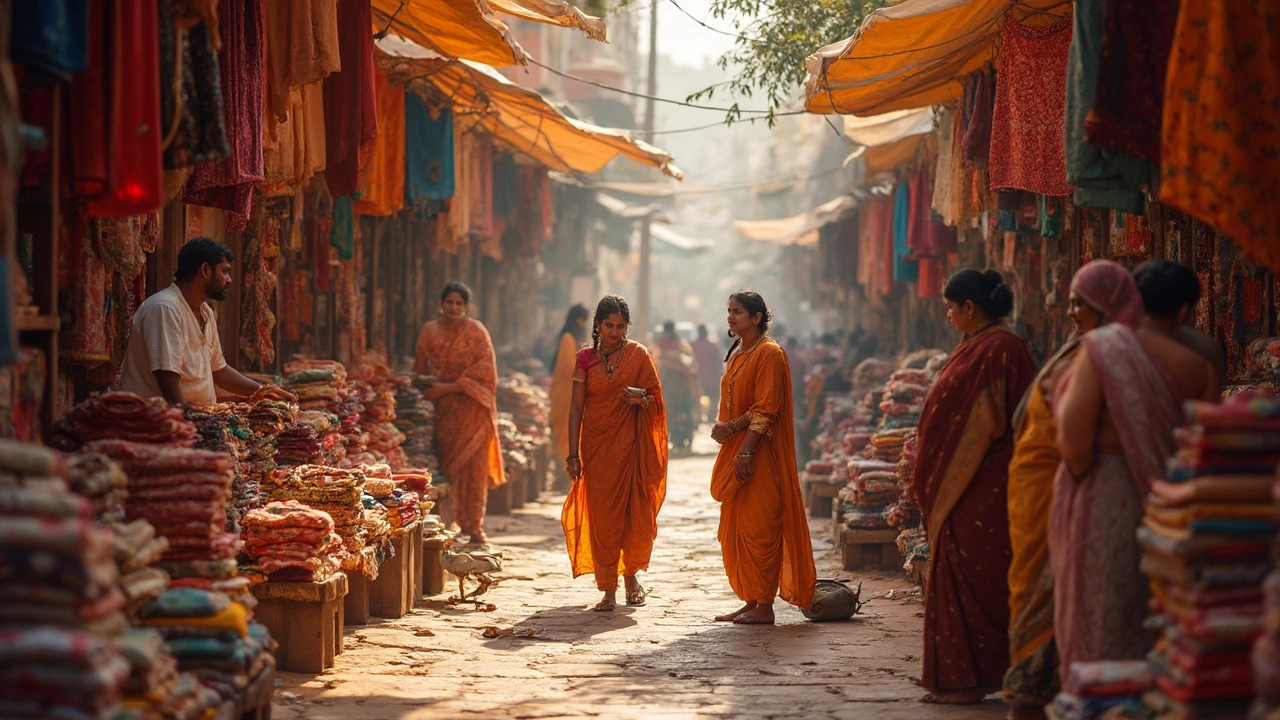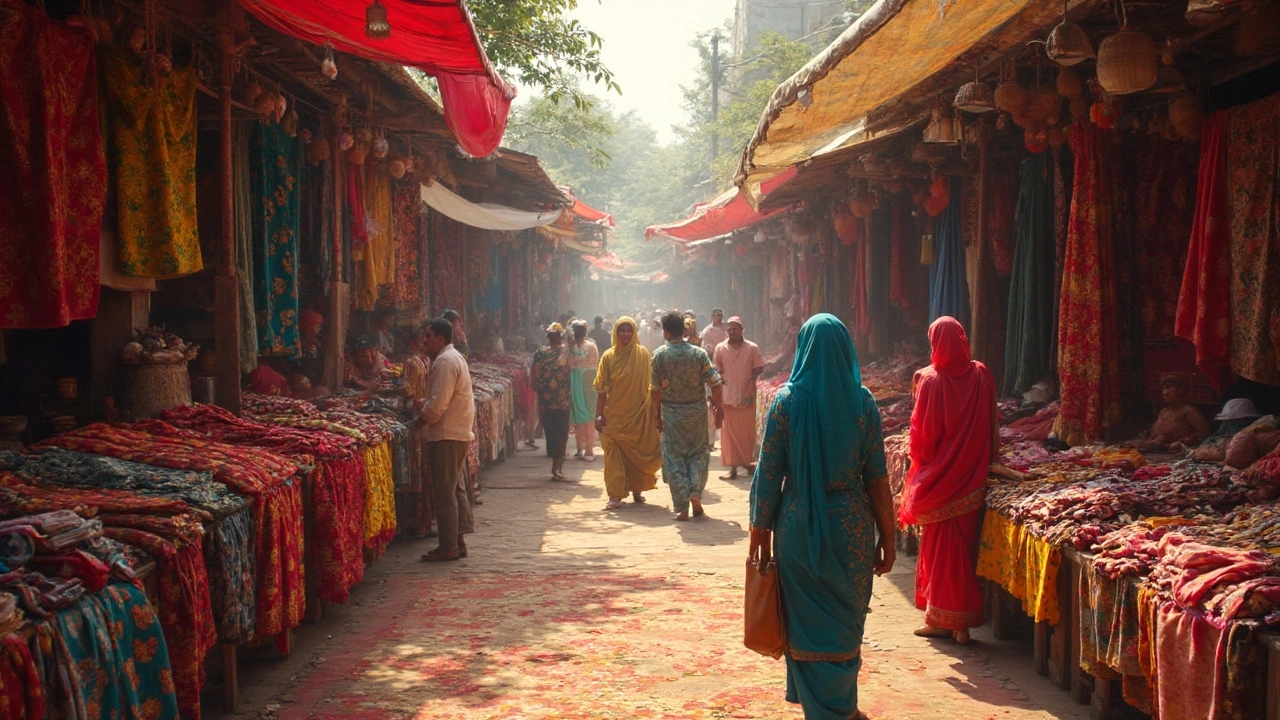Textile Manufacturing: What You Need to Know
If you’re curious about how the clothes you wear or the upholstery in your home gets made, you’re in the right spot. Textile manufacturing is a mix of old‑school craft and high‑tech machinery, and it’s changing fast. In this guide we’ll break down the biggest trends, point out common hurdles, and share quick tips you can apply whether you run a small workshop or a large factory.
Key Trends Shaping Textile Production
First up, sustainability is no longer a buzzword – it’s a hard requirement. Brands are demanding fibers that use less water, chemicals, and energy, so producers are turning to recycled polyester, organic cotton, and even lab‑grown fabrics. The shift isn’t just about eco‑friendly labels; it also cuts costs in the long run because waste disposal and water treatment fees drop dramatically.
Second, automation is stealing the spotlight. Modern looms, computer‑controlled dyeing machines, and AI‑driven quality checks speed up production while reducing human error. You don’t need a $10 million plant to benefit – mid‑size units can add plug‑and‑play robotic arms for tasks like fabric cutting, which can boost output by 20‑30%.
Third, the digital supply chain is making everything transparent. From raw material sourcing to finished product delivery, cloud platforms let manufacturers track inventory in real time. This visibility helps avoid stock‑outs and lets you react quickly if a shipment of yarn gets delayed.
Practical Tips for Small‑Scale Textile Makers
Got a modest operation and want to stay competitive? Start by optimizing your fabric layout. Using simple software to nest pattern pieces reduces scrap by up to 15%, which adds up fast on tight margins.
Next, experiment with blended fibers. Mixing a touch of recycled polyester with cotton can improve durability without sacrificing feel, and the raw material cost stays low. Many suppliers now offer small‑batch blending services, so you don’t have to invest in heavy equipment.
Don’t overlook energy efficiency. Switching to LED lighting in the production area and installing variable‑speed drives on motors can shave off 10‑12% of your electricity bill. The savings pay for themselves within a year.
Finally, build a relationship with a local testing lab. Quick access to colorfastness, tensile strength, and shrinkage tests means you catch quality issues early, avoiding costly re‑runs. Even a single test per month can spare you big headaches down the line.
Whether you’re scaling up or just looking for ways to tighten your workflow, keeping an eye on sustainability, automation, and data can give you a clear edge. The textile world moves quickly, but with these basics you’ll stay ahead of the curve and keep your customers coming back for more.
Which City is Known as the Textile City of India? Unlocking The Fabric Heart of India
Discover why Surat is called the Textile City of India, its unique textile scene, economic facts, industry tips, and how the city weaves its way into the nation's fabric.
Which City Is Known as the Textile City of India? All About Surat’s Fabric Fame
Want to know why Surat is called India’s textile city? Explore its booming textile industry, fascinating facts, local culture, and tips for fabric buying.
Is Textile Mill Profitable in India? Facts and Real Numbers Explained
Thinking about starting a textile mill in India? Here’s a deep dive into what it really takes to make money in the textile business, from raw material costs to market risks. The article breaks down the numbers, the competition, and the tips you won’t hear from consultants. If you want to see what actually drives profits in Indian textile mills, you’re in the right place. Get ready to look beyond the glossy factory images and see the industry as insiders do.
Best Country for Textile Manufacturing: India Leads the Way
India stands out as a leading force in textile manufacturing, renowned for its diverse and high-quality production. With advanced skills, cost efficiency, and rich cultural heritage woven into every fabric, India offers a unique blend of tradition and modernity. The country's textile industry plays a significant role in the global market, driven by innovation and sustainable practices. Exploring India's textile landscape reveals why it is often considered the premier destination for textile production.
Exploring the Essence of Indian Aesthetic in Textiles
Ever wondered what makes Indian textiles so captivating? Discover the secrets of Indian aesthetic in textile design. Known for its vibrant colors and intricate patterns, it's all about art meeting tradition. Keep reading to explore its unique elements and how they are brought to life in Indian fabrics.
